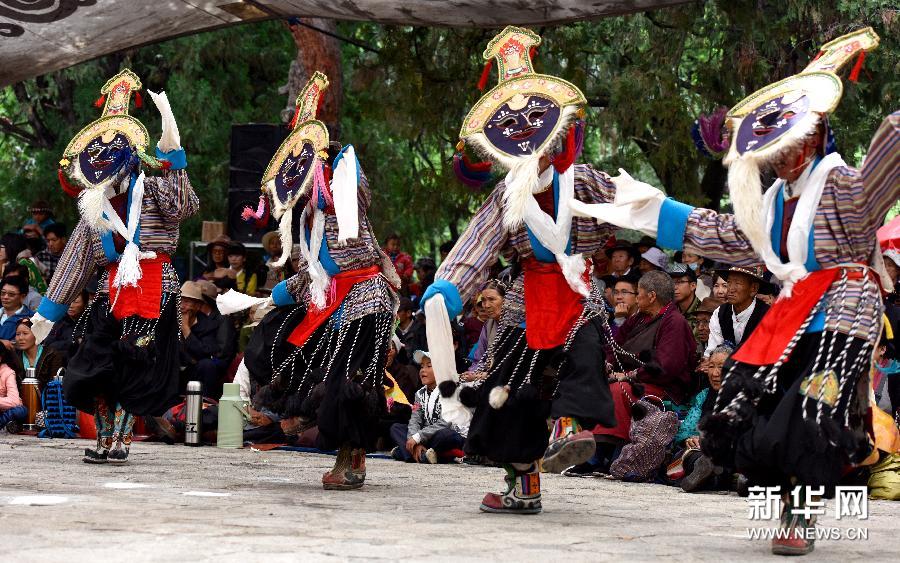Simple yet passionate - Tibetan Opera is a cherished art form that has flourished on the Tibetan Plateau for a century. Every year, thousands of Tibetans travel to Norbulingka Park to enjoy performances at the Shoton Festival.
With the art troupes pushing for the Opera's popularity, both locals and enthusiasts are offered more opportunities to experience the traditional opera that's been given a modern touch.

Every year, thousands of Tibetans travel to Norbulingka Park to enjoy performances at the Shoton Festival.
Traditionally, the Tibetan opera takes several days to perform. However, the Tibetan Art Center has set out to revamp the century-old folk art by instilling it with modernity, yet retaining its traditional features.
The length of the opera is shortened to maintain its vigour and vitality, satisfying a new modern audience.
"We added some elements of modern opera to the traditional Tibetan Opera style, in terms of directing, dancing, sound and lighting," said one crew member of Tibetan Opera Troupe.
"And speaking of the plots, we also used humorous ways to make them more interesting in order to attract a younger audience."
Lavish, flamboyant, and amazingly eye-catching.
The Tibetan Opera impresses with striking masks and vigorous dancing. It's been loved for centuries by the people on the high plateau.
"We only had the chance to watch the Tibetan Operas during the Shoton Festival, while nowadays we have much easier access. And it's great that people from other places are also able to know about the Tibetan operas," a local resident said.
Historical pageantry, myth and magic are woven together with earthly humor and scenes from the daily lives of ordinary Tibetans. Its simplicity and vigour echoes the typical Tibetan landscape.
The World Intangible Heritage listed by UNESCO is expected to gain more popularity after local artists' innovation.















